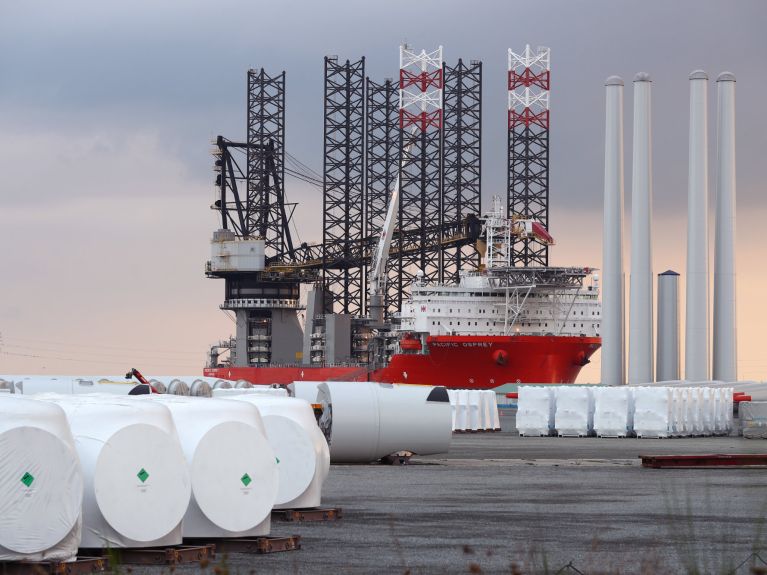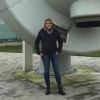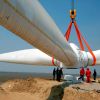What we can learn from Denmark
Wind power brings the Danes optimism and good business.

When did Denmark begin switching to sustainable energy?
When Denmark’s politicians finally decided in 1985 to reject nuclear power of any kind, they simultaneously increased the state subsidies for wind turbines considerably. Nobody could have dreamt that this would lead to such a success story – one admired around the world – for this form of energy. It is thanks to wind power above all that the Danes are thought certain to achieve the target, approved by a broad parliamentary majority, of 100 percent climate-neutral energy generation by 2028. Over half of the country’s electricity is already produced from renewable sources – the lion’s share from wind power – and the proportion is rising quickly all the time.

Why is the Danish concept working so well?
The key factor in the concept’s success has been the population’s willingness to embrace everything from the first small wind turbines of the anti-nuclear power campaigners to today’s large-scale industry with its huge off-shore wind farms. With more than 7,000 kilometres of coastline, Denmark offers the ideal conditions for wind power. In addition, a solid foundation was provided by the Danes’ traditional will to reach consensus, considerable flexibility in the relationship between those responsible and ordinary citizens, and a highly-developed degree of basic societal trust. Prudent energy and environment politicians, especially the ex-chairman of the social democrats Svend Auken, used attractive participation schemes to encourage local residents affected by the wind farm projects to get involved rather than driving them to engage in endless legal disputes.
Dieses YouTube-Video kann in einem neuen Tab abgespielt werden
YouTube öffnenThird party content
We use YouTube to embed content that may collect data about your activity. Please review the details and accept the service to see this content.
Open consent formHow do citizens get involved?
A central element is the fact that local residents and communities have a legally guaranteed share in the profits generated by wind or solar energy farms, even when these are offshore. They can acquire shares and profit from them in this way. What is more, local residents receive compensation if wind farms cause their properties to depreciate in value. Last but not least, state guarantees are available to support independent projects that produce sustainable energy.

Who else profits from wind power?
One of the positive spin-offs for the entire country is that Danish manufacturers of wind turbines lead the world and generate high export revenues. That said, they are being increasingly crowded out of the market by competitors from China. In addition, essentially the only place in Denmark itself where further wind power capacities can be built is out at sea. All the same, Danes continue to be optimistic about wind power, as was proven once again by the fact that a climate law with the extremely ambitious target of reducing carbon emissions by 70 percent by 2030 was recently passed by a large majority.
You would like to receive regular information about Germany?
Subscribe here:



